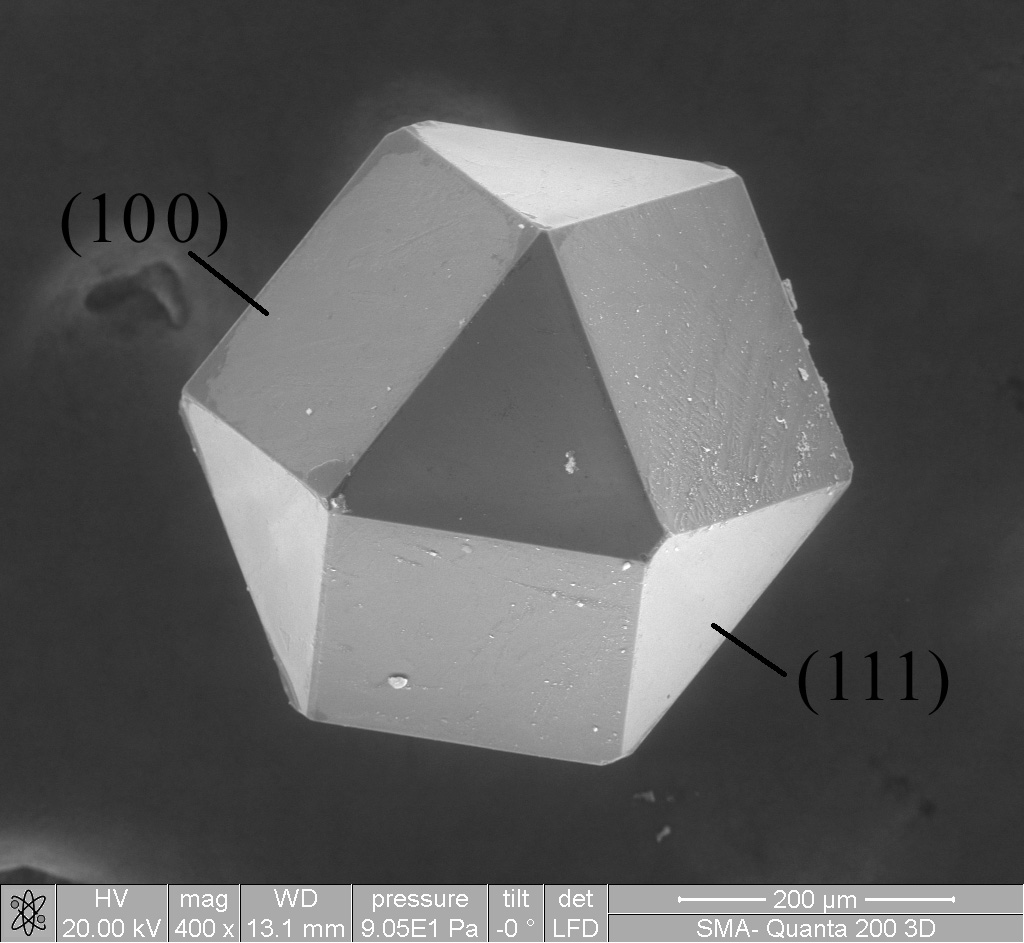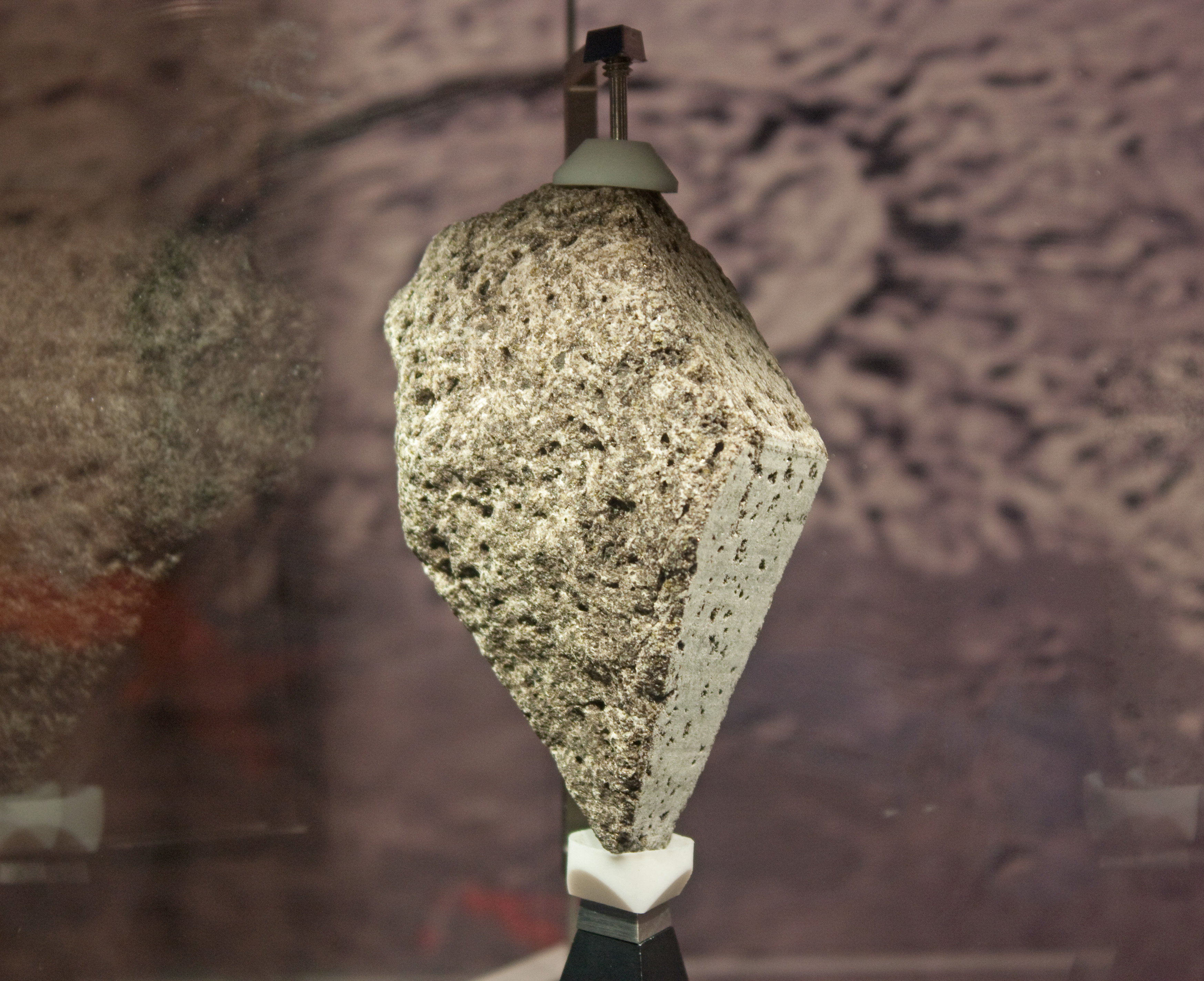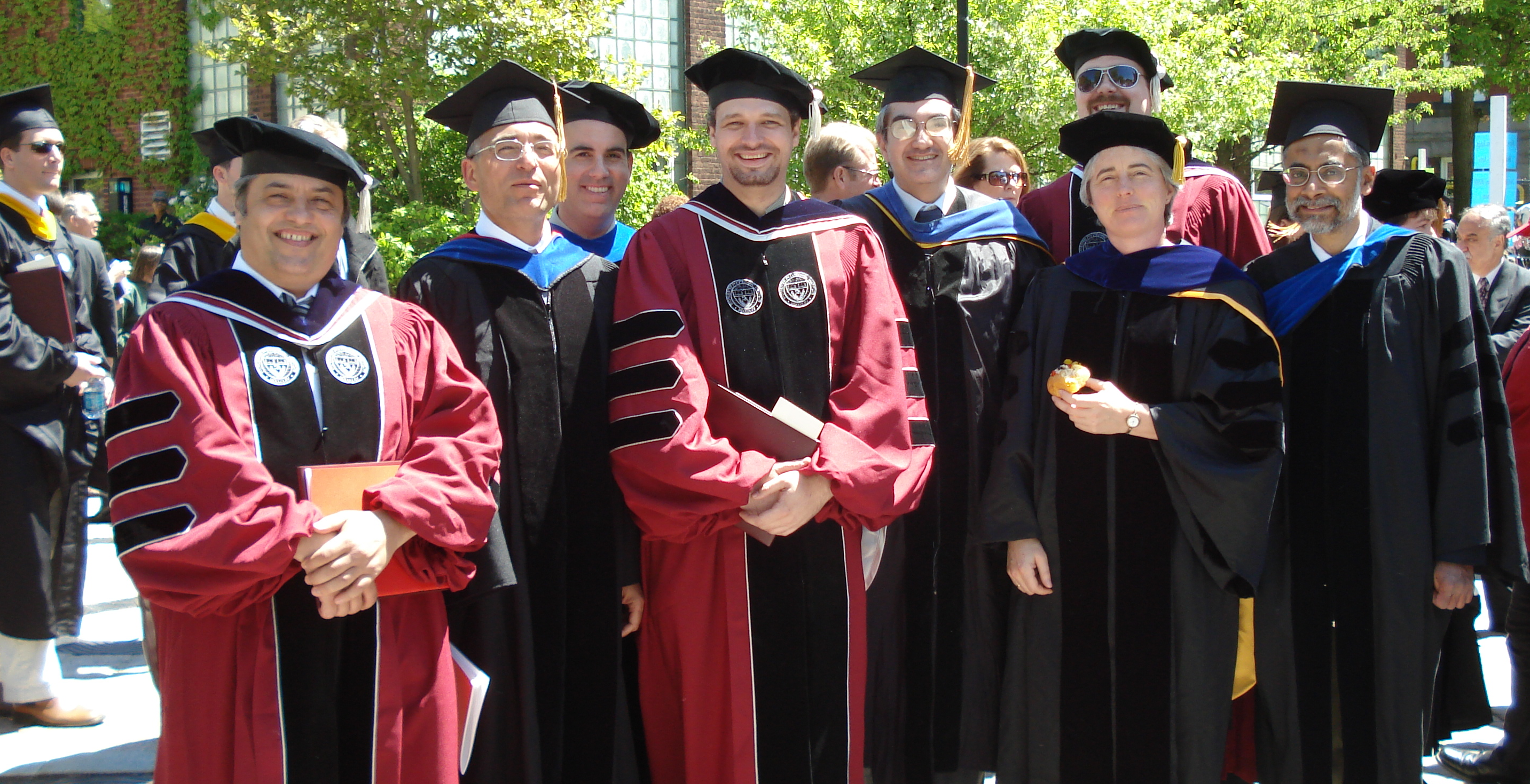|
Carleton B. Moore
Carleton B. Moore (September 1, 1932 - February 10, 2023) was an Emeritus Regents Professor in the School of Molecular Sciences (SMS) and the School of Earth and Space Exploration (SESE) at Arizona State University (ASU). He was a pioneering researcher in the field of meteorite studies, and the founding Director of the ASU Center for Meteorite Studies, which houses the world’s largest university-based meteorite collection. Moore is credited with being the first scientist to detect carbon in lunar samples returned by the Apollo astronauts and he was also one of the researchers credited with identifying the first extra-terrestrial amino acids in a meteorite. Both an asteroid, ''5046 Carletonmoore'' in 1981, and a mineral, ''carletonmooreite'' in 2021, were named in honor of his contributions to meteorite research. Early life and education Moore was born on September 1, 1932, in Hempstead, NY, a suburb of New York City. He was educated in the Hempstead schools, graduating in 19 ... [...More Info...] [...Related Items...] OR: [Wikipedia] [Google] [Baidu] |
School Of Molecular Sciences (Arizona State University)
The School of Molecular Sciences is an academic unit of The College of Liberal Arts and Sciences at Arizona State University (ASU). The School of Molecular Sciences (SMS) is responsible for the study and teaching of the academic disciplines of chemistry and biochemistry at ASU. History Chemistry instruction at ASU can be traced back to the early 1890s. At that time, the educational institution, a Normal School for the Territory of Arizona, “acquired...a supply of chemicals” for instructional purposes. Chemistry classes were held in Old Main during the late 1800s and into the early 1900s, taught by Frederick M. Irish. In 1927, President Arthur John Matthews hired George Bateman, the first faculty to hold a PhD who was not also a principal or president of the school. Bateman taught chemistry classes, among other things, for forty years. He oversaw the development of the physical sciences at ASU, including new science facilities and degrees. In 1946, new majors leading ... [...More Info...] [...Related Items...] OR: [Wikipedia] [Google] [Baidu] |
Cosmic Ray
Cosmic rays or astroparticles are high-energy particles or clusters of particles (primarily represented by protons or atomic nuclei) that move through space at nearly the speed of light. They originate from the Sun, from outside of the Solar System in our own galaxy, and from distant galaxies. Upon impact with Earth's atmosphere, cosmic rays produce showers of secondary particles, some of which reach the surface, although the bulk are deflected off into space by the magnetosphere or the heliosphere. Cosmic rays were discovered by Victor Hess in 1912 in balloon experiments, for which he was awarded the 1936 Nobel Prize in Physics. Direct measurement of cosmic rays, especially at lower energies, has been possible since the launch of the first satellites in the late 1950s. Particle detectors similar to those used in nuclear and high-energy physics are used on satellites and space probes for research into cosmic rays. Data from the Fermi Space Telescope (2013) have ... [...More Info...] [...Related Items...] OR: [Wikipedia] [Google] [Baidu] |
Astrophysics
Astrophysics is a science that employs the methods and principles of physics and chemistry in the study of astronomical objects and phenomena. As one of the founders of the discipline, James Keeler, said, astrophysics "seeks to ascertain the nature of the heavenly bodies, rather than their positions or motions in space—''what'' they are, rather than ''where'' they are", which is studied in celestial mechanics. Among the subjects studied are the Sun ( solar physics), other stars, galaxies, extrasolar planets, the interstellar medium, and the cosmic microwave background. Emissions from these objects are examined across all parts of the electromagnetic spectrum, and the properties examined include luminosity, density, temperature, and chemical composition. Because astrophysics is a very broad subject, ''astrophysicists'' apply concepts and methods from many disciplines of physics, including classical mechanics, electromagnetism, statistical mechanics, thermodynamics, quantum ... [...More Info...] [...Related Items...] OR: [Wikipedia] [Google] [Baidu] |
Materials Science
Materials science is an interdisciplinary field of researching and discovering materials. Materials engineering is an engineering field of finding uses for materials in other fields and industries. The intellectual origins of materials science stem from the Age of Enlightenment, when researchers began to use analytical thinking from chemistry, physics, and engineering to understand ancient, phenomenological observations in metallurgy and mineralogy. Materials science still incorporates elements of physics, chemistry, and engineering. As such, the field was long considered by academic institutions as a sub-field of these related fields. Beginning in the 1940s, materials science began to be more widely recognized as a specific and distinct field of science and engineering, and major technical universities around the world created dedicated schools for its study. Materials scientists emphasize understanding how the history of a material (''processing'') influences its struc ... [...More Info...] [...Related Items...] OR: [Wikipedia] [Google] [Baidu] |
Moon Rock
Moon rock or lunar rock is rock originating from Earth's Moon. This includes lunar material collected during the course of human exploration of the Moon, and rock that has been ejected naturally from the Moon's surface and landed on Earth as lunar meteorites. Sources Moon rocks on Earth come from four sources: those collected by six United States Apollo program crewed lunar landings from 1969 to 1972; those collected by three Soviet uncrewed Luna probes in the 1970s; those collected by the Chinese Lunar Exploration Program's uncrewed probes; and rocks that were ejected naturally from the lunar surface before falling to Earth as lunar meteorites. Apollo program Six Apollo missions collected 2,200 samples of material weighing , processed into more than 110,000 individually cataloged samples. Luna program Three Luna spacecraft returned with of samples. The Soviet Union abandoned its attempts at a crewed lunar program in the 1970s, but succeeded in landing three robo ... [...More Info...] [...Related Items...] OR: [Wikipedia] [Google] [Baidu] |
Asteroid
An asteroid is a minor planet—an object larger than a meteoroid that is neither a planet nor an identified comet—that orbits within the Solar System#Inner Solar System, inner Solar System or is co-orbital with Jupiter (Trojan asteroids). Asteroids are rocky, metallic, or icy bodies with no atmosphere, and are broadly classified into C-type asteroid, C-type (carbonaceous), M-type asteroid, M-type (metallic), or S-type asteroid, S-type (silicaceous). The size and shape of asteroids vary significantly, ranging from small rubble piles under a kilometer across to Ceres (dwarf planet), Ceres, a dwarf planet almost 1000 km in diameter. A body is classified as a comet, not an asteroid, if it shows a coma (tail) when warmed by solar radiation, although recent observations suggest a continuum between these types of bodies. Of the roughly one million known asteroids, the greatest number are located between the orbits of Mars and Jupiter, approximately 2 to 4 astronomical unit, AU ... [...More Info...] [...Related Items...] OR: [Wikipedia] [Google] [Baidu] |
United States Geological Survey
The United States Geological Survey (USGS), founded as the Geological Survey, is an agency of the U.S. Department of the Interior whose work spans the disciplines of biology, geography, geology, and hydrology. The agency was founded on March 3, 1879, to study the landscape of the United States, its natural resources, and the natural hazards that threaten it. The agency also makes maps of planets and moons, based on data from U.S. space probes. The sole scientific agency of the U.S. Department of the Interior, USGS is a fact-finding research organization with no regulatory responsibility. It is headquartered in Reston, Virginia, with major offices near Lakewood, Colorado; at the Denver Federal Center; and in NASA Research Park in California. In 2009, it employed about 8,670 people. The current motto of the USGS, in use since August 1997, is "science for a changing world". The agency's previous slogan, adopted on its hundredth anniversary, was "Earth Science in the Pub ... [...More Info...] [...Related Items...] OR: [Wikipedia] [Google] [Baidu] |
National Science Foundation
The U.S. National Science Foundation (NSF) is an Independent agencies of the United States government#Examples of independent agencies, independent agency of the Federal government of the United States, United States federal government that supports fundamental research and education in all the non-medical fields of science and engineering. Its medical counterpart is the National Institutes of Health. With an annual budget of about $9.9 billion (fiscal year 2023), the NSF funds approximately 25% of all federally supported basic research conducted by the List of American institutions of higher education, United States' colleges and universities. In some fields, such as mathematics, computer science, economics, and the social sciences, the NSF is the major source of federal backing. NSF's director and deputy director are appointed by the president of the United States and Advice and consent, confirmed by the United States Senate, whereas the 24 president-appointed members of the ... [...More Info...] [...Related Items...] OR: [Wikipedia] [Google] [Baidu] |
NASA
The National Aeronautics and Space Administration (NASA ) is an independent agencies of the United States government, independent agency of the federal government of the United States, US federal government responsible for the United States's civil list of government space agencies, space program, aeronautics research and outer space, space research. National Aeronautics and Space Act, Established in 1958, it succeeded the National Advisory Committee for Aeronautics (NACA) to give the American space development effort a distinct civilian orientation, emphasizing peaceful applications in space science. It has since led most of America's space exploration programs, including Project Mercury, Project Gemini, the 1968–1972 Apollo program missions, the Skylab space station, and the Space Shuttle. Currently, NASA supports the International Space Station (ISS) along with the Commercial Crew Program and oversees the development of the Orion (spacecraft), Orion spacecraft and the Sp ... [...More Info...] [...Related Items...] OR: [Wikipedia] [Google] [Baidu] |
Wesleyan University
Wesleyan University ( ) is a Private university, private liberal arts college, liberal arts university in Middletown, Connecticut, United States. It was founded in 1831 as a Men's colleges in the United States, men's college under the Methodist Episcopal Church and with the support of prominent residents of Middletown. It is now a secular, coeducational institution. The college accepted female applicants from 1872 to 1909, but did not become fully coeducational until 1970. Before full coeducation, Wesleyan alumni and other supporters of Women's colleges in the United States, women's education established Connecticut College in 1912. Wesleyan, along with Amherst College, Amherst and Williams College, Williams colleges, is part of "The Little Three". Its teams compete athletically as a member of the NESCAC in NCAA Division III. History Before Wesleyan was founded, a military academy established by Alden Partridge existed, consisting of the campus's North and South Colleges. ... [...More Info...] [...Related Items...] OR: [Wikipedia] [Google] [Baidu] |
Doctor Of Philosophy
A Doctor of Philosophy (PhD, DPhil; or ) is a terminal degree that usually denotes the highest level of academic achievement in a given discipline and is awarded following a course of Postgraduate education, graduate study and original research. The name of the degree is most often abbreviated PhD (or, at times, as Ph.D. in North American English, North America), pronounced as three separate letters ( ). The University of Oxford uses the alternative abbreviation "DPhil". PhDs are awarded for programs across the whole breadth of academic fields. Since it is an earned research degree, those studying for a PhD are required to produce original research that expands the boundaries of knowledge, normally in the form of a Thesis, dissertation, and, in some cases, defend their work before a panel of other experts in the field. In many fields, the completion of a PhD is typically required for employment as a university professor, researcher, or scientist. Definition In the context o ... [...More Info...] [...Related Items...] OR: [Wikipedia] [Google] [Baidu] |
Harrison Brown
Harrison Scott Brown (September 26, 1917 – December 8, 1986) was an American nuclear chemist and geochemist. He was a political activist, who lectured and wrote on the issues of arms limitation, natural resources and world hunger. Brown grew up in San Francisco, California where he graduated from Galileo High School in 1934. During World War II, Brown worked at the Manhattan Project's Metallurgical Laboratory and Clinton Engineer Works, where he worked on ways to separate plutonium from uranium. The techniques he helped develop were used at the Hanford Site to produce the plutonium used in the Fat Man bomb dropped on Nagasaki. After the war he lectured on the dangers of nuclear weapons. After the war, he worked at the University of Chicago, where he pioneered nuclear geochemistry. The study of meteorites by Brown and his students led to the first close approximation of the age of the Earth and the solar system. Between 1951 and 1977, he worked at the California Institut ... [...More Info...] [...Related Items...] OR: [Wikipedia] [Google] [Baidu] |




